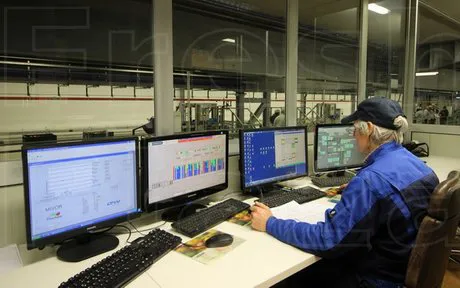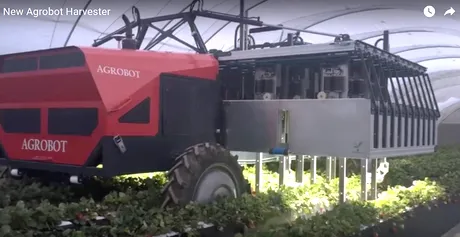- the processing plant at Mivor in Laces (BZ), one of the 7 cooperatives part of VI.P., the association of Val Venosta fresh produce cooperatives
- the revolution determined by optic graders such as those manufactured by Unitec, that can even monitor internal defects in cherries or separate stalks from the fruit.

Workers will be increasingly less involved by hardware processes to focus more on software processes. Click here for a photo report on the Mivor plant.
As demonstrated by the research and technical solutions adopted so far, it's clear how this is only the beginning of an automation and robotisation journey that will over time involve other stages - currently still being carried out by hand - such as packaging in cells or crates. In this regard, see examples such as the SmartPacker or end-line Standard A-One Case Packer.

This in turn will lead to a loss of jobs that it will not be possible to compensate, even by promoting workers to supervising positions. The fresh produce sector is only one of the areas affected by these changes.
Working less or not working at all?
The structural unemployment implied by the so-called 'fourth industrial revolution' has already been mentioned. In less than 10 years, computer processors will reach the elaboration capability of the human brain. This means there is a good chance that many of the tasks currently carried out by people will be carried out by computers.
Oxford researchers Carl Benedikt Frey and Michael A Osborne have estimated that 47% of the jobs in the US are at very high automation risk.
It is clear how domestic and international social policies will have to deal with a colossal loss of jobs and find a way to requalify labourers or use the income/savings generated by automation to support part of the population.
The dream of working less, leaving good part of the tasks to robots, could clash with the nightmare of supporting million of people who cannot find employment.
